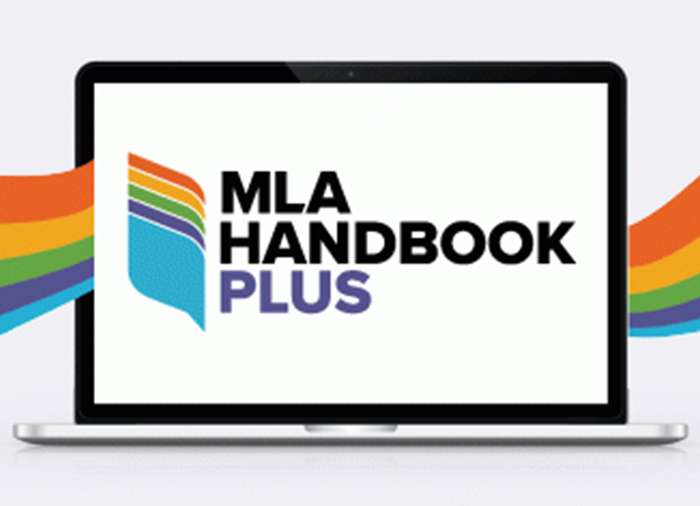 Overview
OverviewMLA Handbook Plus is designed for easy navigation. Sections are numbered consecutively throughout each chapter. For example, the content of chapter 5, on the works-cited list, has been divided into smaller sections, so that each element of the MLA template of core elements—Author, Title of Source, and so on—makes up a discrete section in MLA Handbook Plus.
You can navigate MLA Handbook Plus in various ways. Clicking on MLA Handbook in the top navigation always takes you back to the main table of contents, including the index that can be used as a navigation tool as well. On the chapter pages, boxed cross-reference sections refer to other relevant areas of the handbook.
Within the chapter pages, you’ll find both a chapter-level content pane that expands to show sections as well as a list of contents for the chapter. The “previous” and “next” links allow a linear progression back and forth through the handbook.
Use precise search terms to quickly find the information you’re looking for. From the search results page, you can filter the results to narrow your search. For example, a search for “films” will return results for all the content in the handbook related to films. But applying the filter “example citations” will show results for only works-cited-list entries for films. The search function has been designed specifically to help surface the hundreds of works-cited-list examples listed by format in the handbook's appendix.

These key sections of the Handbook will be of special value to those new to MLA style:
Many instances of unintentional plagiarism can be traced back to sloppily taken notes during the research process. So be scrupulous in your research and note-taking. When you write, your notes will help you identify all borrowed material. Make sure that you clearly identify when you are copying words from a source (and transcribe them exactly or retain digital images of the passages), when you are summarizing or paraphrasing a source, and when you are jotting down an original thought of your own. Remember to record page numbers for quotations and paraphrased passages in your notes.
Inclusive language aims to be respectful to others by treating language describing individual and group identity with sensitivity and by avoiding bias that could make some people feel excluded. Writers who strive for inclusivity in language recognize that their audience includes people who come from many different, and sometimes multiple (i.e., intersectional), backgrounds and experiences.
 For More Experienced Writers
For More Experienced WritersMLA Handbook Plus has tips for advanced scholars, including
